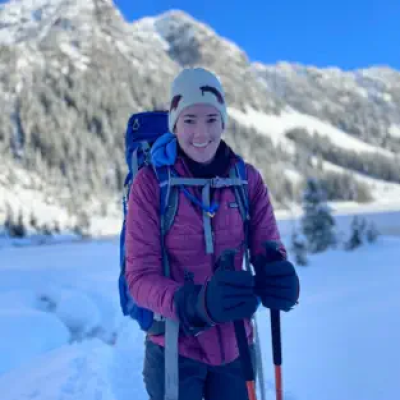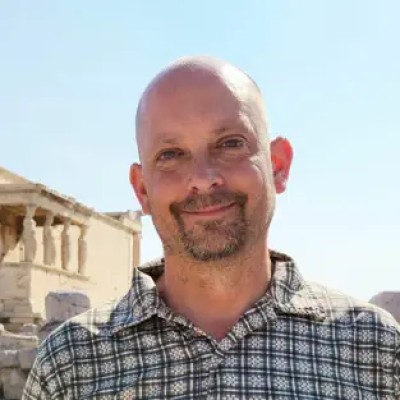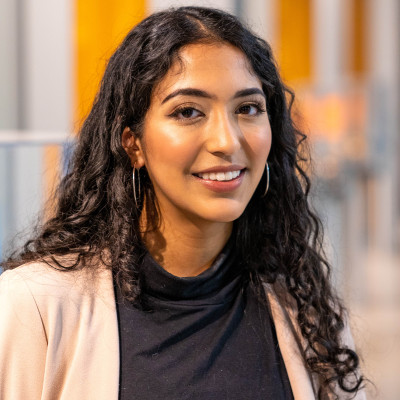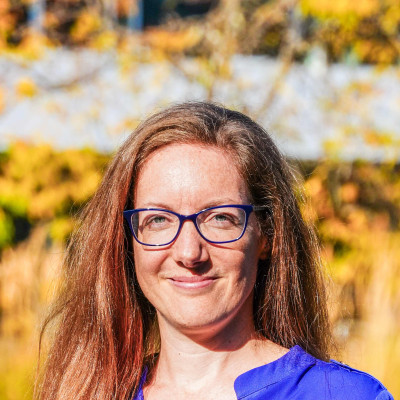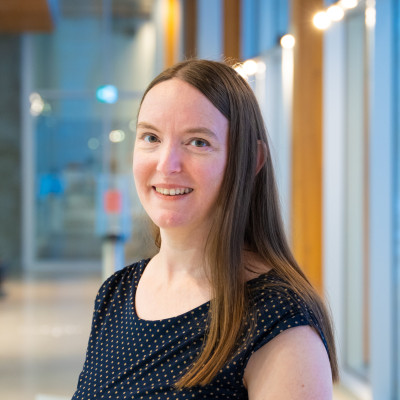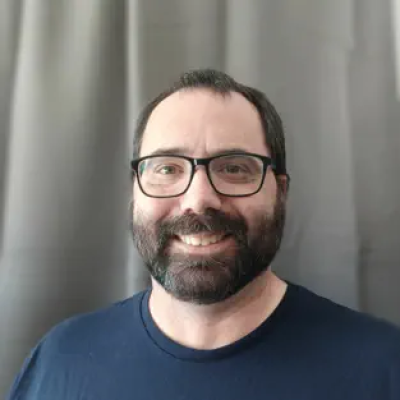News
Stay up-to-date with what's happening in EOAS
Meet Elise Legarth - Hydrometeorologist
Elise is a PhD student in Atmospheric Science at the University of British Columbia. Her research is in hydrometeorology and seeks to understand the relationships between extreme rainfall events, flooding and climate change. Specifically, her research aims to develop an improved methodology for estimating probable maximum precipitation and probable maximum flood using a coupled atmospheric-hydrological model and machine learning.Originally from New Zealand, Elise completed her Bachelor's Degree at TheUniversity of Waikato in Agribusiness and Earth Science before completing a Masters inEnvironmental Management at Massey University. Elise has also worked as a consultant hydrologist where she learnt many of the modelling skills she applies to her research today.
Meet Dr. Erik Eberhardt - Geological Engineer
Dr. Erik Eberhardt is a Professor of Rock Mechanics and Rock Engineering in the Department of Earth, Ocean and Atmospheric Sciences at the University of British Columbia, and the Director of their Geological Engineering program. He is a graduate of the University of Saskatchewan’s Geological Engineering program. His expertise is in the integration of geology, geotechnical monitoring and numerical modelling to better understand the underlying mechanisms responsible for complex rock mass responses to engineering activities. He was the Associate Director of the Rio Tinto Centre for Underground Mine Construction and is currently helping to lead the International Caving Research Network (ICaRN). Erik is a registered professional engineer with EGBC and consults on international projects in North and South America, Australia, Europe and Asia. He is a past recipient of the CGS’s John A. Franklin Award for outstanding technical contributions to rock mechanics and rock engineering, and Thomas Roy Award for outstanding contributions to engineering geology.
EOAS undergraduate student Raveen Sidhu selected for the prestigious Brooke Owens Fellowship
Raveen Kaur Sidhu, a Senior studying Microbiology and Oceanography at the University of British Columbia, was awarded the prestigious Brooke Owens Fellowship and will intern with Space Capital this summer. The Brooke Owens Fellowship is a nationally-acclaimed nonprofit program recognizing exceptional undergraduate women and gender minorities with space and aviation internships, senior mentorship, and a lifelong professional network. Raveen was one of 47 students selected internationally this year and one of three Canadians selected over the fellowship’s six years of existence. Scroll down to watch our interview with Raveen!
“I had my first impression of space when I was about seven years old and my mom took my brother and me to watch the Hubble IMAX movie. We saw all those unreally beautiful galaxies that felt like coming at us,” said Raveen. As she grew older, she fell in love with space and had several related research and outreach experiences, such as looking at a dark matter detector and its algorithms at SNOLAB and presenting at conferences on STEM outreach, particularly, in space, “because I hope that there are more structured programs for students in the future.”
When talking about what she thought made her stand out from almost 1,000 applicants worldwide, Raveen said that it was owing to her outreach and leadership experience. One of the most impactful experiences for her was the time when she led a STEM outreach program about a space-themed escape room for youth at the University of Manitoba. She has also joined the International Astronautical Space Congress and attended several conferences in the past. “I think I was able to show that I have the curiosity for space, a skillset for space outreach, and the passion to give back to my local community,” said Raveen.
The combination of Microbiology and Oceanography has helped her pursue a career in aerospace, said Raveen. “It gave me a great lens of framework to understand how life can persist in extreme environments, which is relevant to space research despite not being directly related.” She was also thankful to the professors in both departments who offered advice to her on how to get involved in research and to stand out as an applicant. Additionally, both majors have helped her acquire technical skills, such as programming, which is useful for data analysis in aerospace studies, and science communication skills.
Raveen said that she was very excited about interning with Space Capital, which was one of her dream internships for its emphasis on multidisciplinary backgrounds and its focus on space technology investments. Raveen said it was her microbiology and oceanography background that informed the Space Capital team on starting a project on applications and investment of oceanographic satellite s, which is right at the intersection of her degree.
The Brooke Owens Fellowship celebrates its ongoing mission and legacy of disrupting the historical gender imbalance in the aerospace industry. When talking about feelings of being part of women in science, Raveen said she was blessed with a great representation of women in science in the EOAS department. “I have always been inspired by the women scientists in our department. When I got a little uncertain about what I’m doing, they always empowered me and helped me improve my skills in scientific research and science communication. We have so many great scientific role models in the department, who are approachable, patient and supportive.”
Raveen also provided her advice to students who want to get involved in the space industry. “Even if you think your program and skillsets are not matched enough to the space industry, remember it is the passionate, curious person who is willing to learn that is powerful. Get involved – join the Rocket club, join the satellite club, take a look at conferences even if you're not presenting, and talk to people, who would love to point you to opportunities to get involved in space.”
New Publication: The unprecedented Pacific Northwest heatwave of June 2021
Those of us in Vancouver two summers will vividly remember the heatwave that peaked in late June 2021 when the city experienced the hottest temperatures on record. Following the aftermath of the heatwave, which included catastrophic wildfires, rapid glacier melt and resulting flooding, crop failure, and mass marine life death, a group of interdisciplinary researchers from the Dept. of Earth Oceans and Atmospheric Sciences came together to analyze the conditions that created the heatwave and its consequences. This week their findings were published in Nature Communications and currently featured as Editors’ Highlights for the Top 50 Climate Change Impacts articles recently published.
The article, ‘The unprecedented Pacific Northwest heatwave of June 2021’ outlines the atmospheric conditions which led up to the heatwave event. Their work evaluates the power of weather models to predict such extreme weather events and summarizes the impacts the heatwave had across several sectors of life in affected areas of British Columbia. The article highlights the importance of understanding the connection between climate change and the frequency of such extreme weather events. The authors encourage applying the lessons learned during the recent heatwave to increase preparedness and reduce vulnerability to future such events.
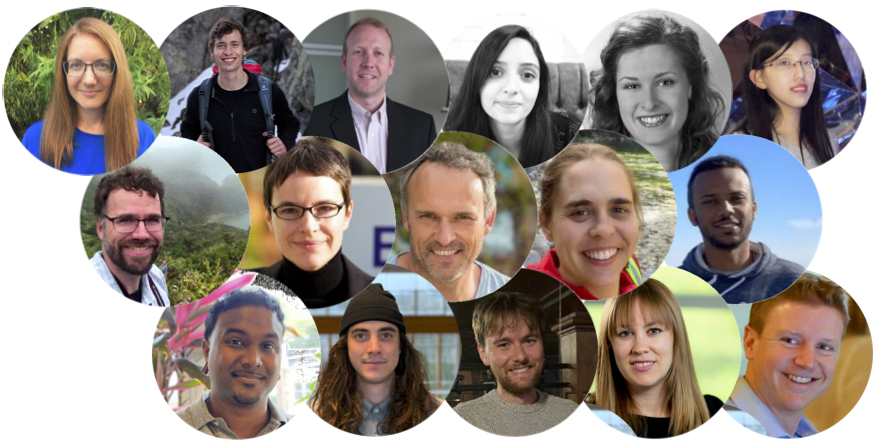
Dr. Rachel White and all co-authors behind the paper
This collaborative study was born out of a seminar organized by the study’s lead author, EOAS assistant professor Rachel White. Seminar participants had so many thoughtful questions, the group decided to pool their expertise across various fields to answer their questions and summarize their findings, resulting in the recent publication coauthored by a number of faculty and graduate students across the department.
Watch our interview with Dr. White:
Dr. Laura Lukes elected as President-Elect of the AGU Education section
Dr. Laura Lukes, Assistant Professor at EOAS, has recently been elected as President of the American Geophysical Union (AGU) Education Section. Scroll down to watch our interview with Dr. Lukes regarding her new role and some current and future projects she’s excited about!
Dr. Lukes’ research seeks to advance our understanding of how people learn in geoscience contexts in order to design better learning experiences in formal (e.g., courses) and informal settings (e.g., museums), thus strengthening the preparation of the geoscience workforce to solve the complex Earth challenges humans face. She has been Founding President of National Association of Geoscience Teachers (NAGT) Geoscience Education Research Division, Special Interest Group Chair of POD Network Scholarship of Teaching and Learning, and Chair and member of Geological Society of America Geoscience Education Committee. She has also served as Co-Convener on four geoscience education related sessions at AGU conferences.
In a Q&A with AGU, Dr. Lukes shared identities, voices, and perspectives she would bring. “As an instructor who has taught across academic levels from high school, community college, and university, I bring experience and practical understanding of teaching and learning practices across educational pathways. As a geoscience education researcher, I bring experience and insights into how teaching and learning practice connects to theory and vice versa. As a recent immigrant settler and uninvited guest on the traditional, ancestral, and unceded territory of the xʷməθkʷəy̓əm, I bring the perspective of a learner. As project lead on the collaborative Earth Science Experiential and Indigenous Learning (EaSEIL) project at the University of British Columbia, I bring the voice of a connector, bringing people together to advance inclusive teaching practices in the geosciences.”
Read Dr. Luke’s Q&A with AGU here.
Meet Dr. Jim Evans - Mineralogist
Dr. Jim Evans is a mineralogist/physicist who is interested in the structure of minerals at the atomic level. He is an instructor in the Department of Earth, Ocean, and Atmospheric Sciences and the Integrated Science program at UBC. At EOAS he studies the crystal structures of unusual minerals like dumortierite and harkerite. Dr. Evans received his PhD in Physics from the University of Ottawa in 2006, and did post-doctoral studies at the University of California, Davis in 2008, and at UBC with Dr. Lee Groat from 2009-2014. Amiong his non-science interests he likes tea, cookies, math, Lego, and cats.
